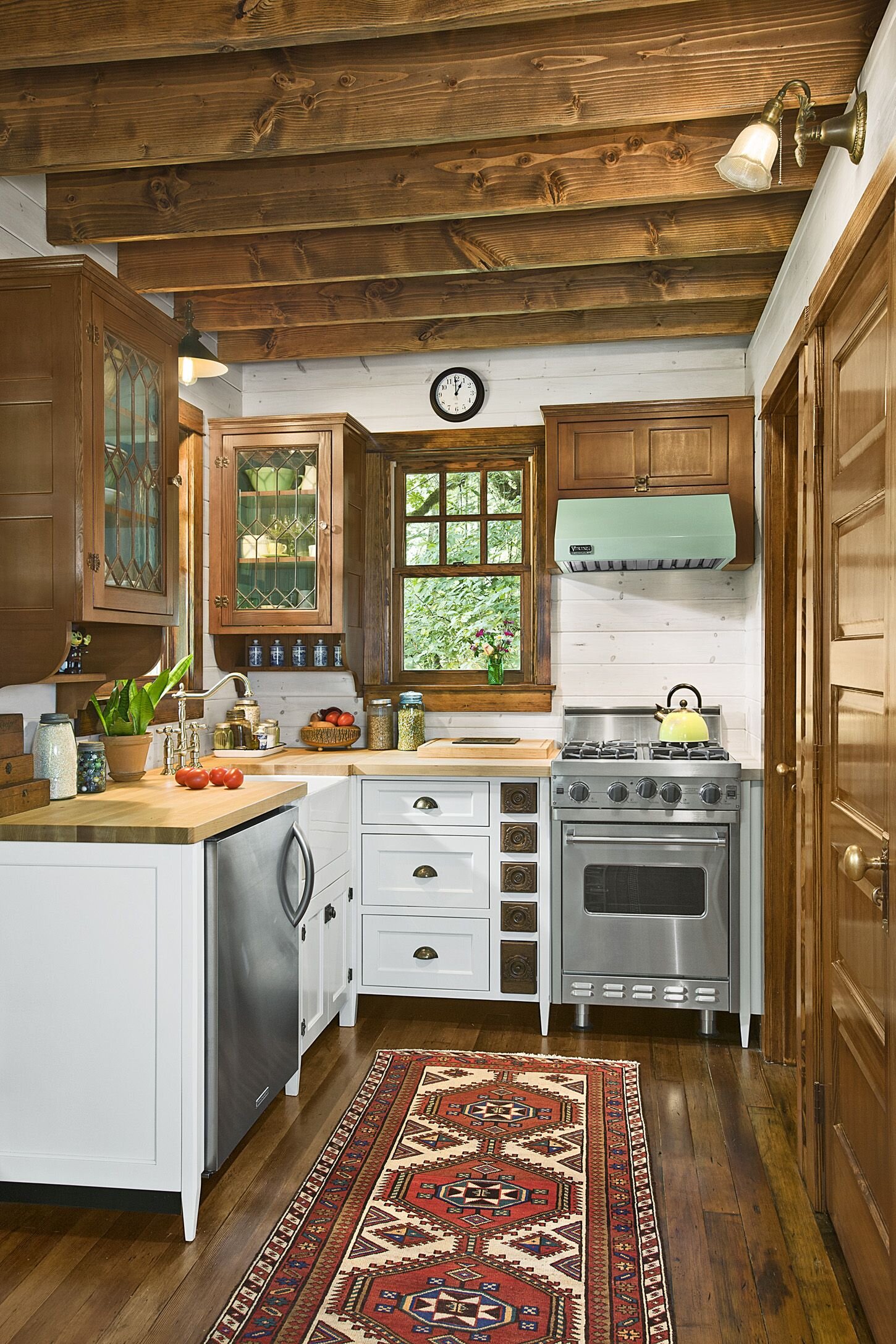Pros and Cons To A Fantastic Kitchen Appliance
How often have you been faced with choosing between a junk meal you can cook quickly and a delicious meal that takes time? Exactly. We all face that problem time and again. Many of us face it several nights a week. There are entire industries built around how to avoid this very problem. Someone got sick of the idea and figured out how to invent a steam oven. Speed ovens take advantage of cooking quickly and thoroughly, without losing all of the taste and nutritional value of your food.
"Wait blogger," we hear you say* "we've been using steam for ages, that's not any faster than any other way of cooking." And you're right. Just steaming your food isn't particularly fast. Humans have been using steam for ages, so long in fact that historians bicker over who solved it first. Was it the Chinese who wove bamboo steamers? Or was it the people who would end up becoming the French, the Auriganeans who used wet leaves and embers? We're left asking 'why does it matter who did it first if both figured out how to make tasty food?' We might be biased though. Either way, you have food that is introduced to a wet environment, where the water is heated by application either of boiling water or directly by fire and cooked. You can use steam baskets made of bamboo or metal, or you can use double boiling where you place two pots that fit well together where the bottom pan is full of water and the top pan is heated by that boiling water, but no water comes into contact with the actual food. (Fun fact: Chocolate is melted best in this fashion so that the chocolate doesn't seize and become grainy and gross.)
A steam oven though is an oven which either cooks just by using steam or has an additional steam function on top of other more 'standard' functions that it can switch in between.
Why Do I want a Steam Oven?
You might want to purchase a steam oven for several different reasons.
a) As a replacement for a standard stove.
If you're looking at replacing your current oven already, looking at the various functions you'll use or need makes sense. With a steam oven that has multiple modes, you can do many different things and incorporate steam into your life a little at a time.
b) An addition to your kitchen, such as purchasing an on-the-counter steam oven.
If however you're not sure about a steam oven, but you want to test it out, you might get a countertop one. This way you can take your time learning to use it and how to adjust recipes you already love to it.
c) If you're doing a full dietary overhaul.
While we won't say this can't fit into the other two categories, this is one that we think can also stand on its own as a reason to purchase a steam oven. As we mentioned already steaming your food can lead to tastier food that retains the natural vitamins and nutrients.
Pros and Cons of Steam Ovens
Pro: You don't need to use oil with a steamer. The steam oven retains moisture both in and around the food as it cooks. This means that the food can't stick as easily to surfaces. (We will note though that this feature only works if you make sure to fill your reservoir before you cook each time.)
Con: You're not going to get super crispy skin or browned foods. Because those reactions both rely on a 'dry' heat the steam oven can't provide that. (Unless of course, you're working with a multi-function oven like this one from Jenn-Air.)
Pro: Your foods retain more of their nutrients because they aren't leaching into cooking water or oils. Have you ever been told that baking broccoli or carrots is healthier than boiling them? The nutrients leaching into the cooking water is the reason for that. The majority of the vitamins and minerals end up in the water rather than in your stomach.
Con: This doesn't mean that all of your food is instantly better for you because it was cooked in a steam oven. ((We know, we hoped it would make delicious breads healthier too.))
Pro: If you choose a full-sized oven with a steam feature, you can cook multiple foods at once without the flavors blending into each other.
Con: There is a learning curve in adjusting or coming up with recipes. (Fortunately, there are plenty of people over on Pinterest with recipes just for cooking with a steam oven! )
What do you think? Will you be looking into getting a steam oven sometime soon? Let us know what you think or some recipes you love over on our Facebook page. We'd love to hear from you.
If you ended up on our site because your current steam oven is broken, we're sorry to hear that! We can still help. Appliance Rescue Service works on all major appliances and we'd be happy to work on yours. Just give us a call at ((214) 599-0055) or visit our website at https://appliance-rescue-service.com/contact-us to make an appointment today.
* yes, we can hear you through the vast reaches of the internet in terms of this post.







